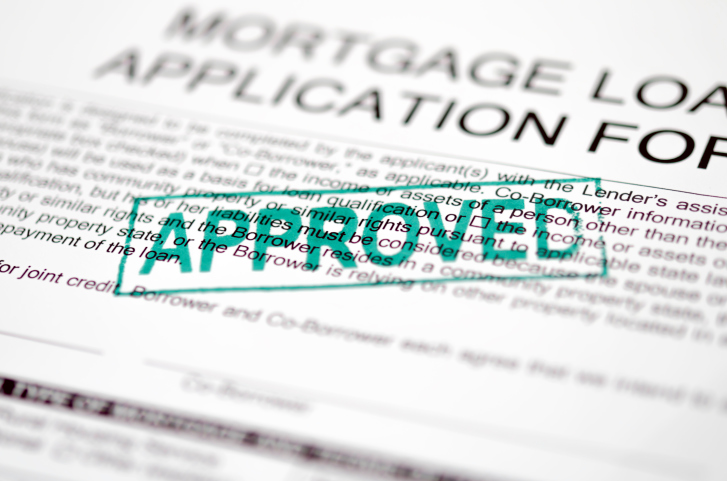 If you want to buy a home in the near future, you are probably aware of just how competitive the housing market is. You need to put yourself in the best position possible to be successful by getting pre-approved for a home loan. This is a very important step, particularly when you compete against people making cash offers. Learn more about the importance of getting pre-approved below, and make sure your offer is taken seriously.
If you want to buy a home in the near future, you are probably aware of just how competitive the housing market is. You need to put yourself in the best position possible to be successful by getting pre-approved for a home loan. This is a very important step, particularly when you compete against people making cash offers. Learn more about the importance of getting pre-approved below, and make sure your offer is taken seriously.
A Pre-Approval Letter Shows You Are Serious
The first reason why you need to get a pre-approval letter is that it will show any potential seller that you are serious about buying the home. One of the reasons why settlers like to accept cash offers is because they know the sale will go through. Without a pre-approval letter, the seller may not know if you will be approved by a reminder for a home loan. By showing a pre-approval letter, the seller will know that you will get financing for the home, and they do not necessarily need to worry about the sale falling apart.
Getting Pre-Approved Gives You A Budget
You also need to get a pre-approval letter because it will give you a budget with which to work. Even though it is fun to take a look at different houses and imagine what your life might look like, you need to know how much money you can spend on a house. The lender will let you know the maximum amount that you are approved for, and you can quickly narrow down your search and find the right home to meet your needs.
Get Pre-Approved Before You Start Your Housing Search
The housing market is constantly changing, so you need to take advantage of every opportunity given to you. If you want to make it easier to navigate a difficult housing market, you need to get pre-approved before you start the housing search. Remember that you do not necessarily need to get a loan from the lender that gave you a pre-approval letter, but the seller needs to know that you have been approved by at least one lender if you want your offer to be taken seriously. A pre-approval letter does exactly that.
 From the approaching holiday season to the New Year, there are a lot of things to prepare for when it comes to the winter. It’s important, though, not to forget about the needs of your lawn for the upcoming cold season. If you’re wondering how to ready your trees, your plants and your yard, here are some tips for saving your vegetation until the springtime.
From the approaching holiday season to the New Year, there are a lot of things to prepare for when it comes to the winter. It’s important, though, not to forget about the needs of your lawn for the upcoming cold season. If you’re wondering how to ready your trees, your plants and your yard, here are some tips for saving your vegetation until the springtime. Starter homes are incredibly popular for young couples who plan to have a family in the future but don’t need a large place yet.
Starter homes are incredibly popular for young couples who plan to have a family in the future but don’t need a large place yet.